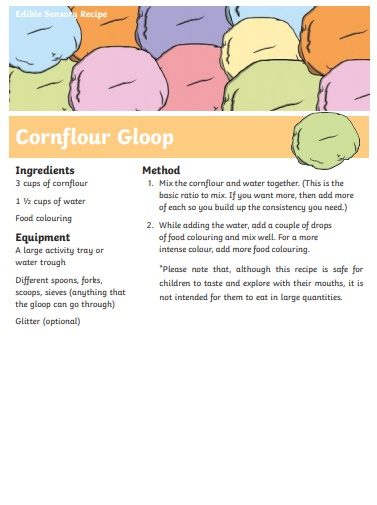What is oral motor sensory processing ?
Oral motor development refers to the use and function of the lips, tongue, jaw, teeth, the palates. The movement and coordination of this is very important in speech production, safe swallowing, and eating various textures.
You can have either hypo-sensitive or hyper-sensitive oral motor.
Signs that a child is hyper-sensitive (oral sensory avoiding) include:
- dislike of brushing teeth, having their faces wiped,
- picky eaters especially with specific textures.
- very particular about being neat and not enjoying messy play or eating.
- They also may prefer a very specific type of cup/nipple for a bottle and not able to use other brands. They may also be unwilling to use utensils.
Signs that a child is hypo-sensitive (oral sensory seeking) include:
- eating/licking everything.
- Usually have to have something in their mouths including non food items.
- Usually tend to overstuff their mouths with food and very messy eaters.
- Often like very crunchy foods and foods with a strong flavor such as spicy foods, very sweet/sour foods such as lemons, and very salty foods.
- Chewing and sucking on items such as pens, pencils, hair and fingers.
- Drooling is the flow of saliva outside the mouth. It’s often a result of weak or underdeveloped muscles around your mouth or having too much saliva.
- Oral motor exercises help the muscles in the mouth and face for speech, eating, and saliva control. Here are some things you can do with your child just for fun, and target better oral motor control at the same time.
Activities to try:
- Try using a vibrating toothbrush to stimulate tongue.
- Blowing bubbles and blowing up balloons, blow feathers from hands or off table, make simple floating boats – blow with straw across tray or bath.
- Chew a chew toy.
- Encourage your child to blow into music instruments such as horns and harmonicas.
- Look in mirrors: Play a funny face making game with a mirror with your child, play “smile, don’t smile, frown, and repeat,” say ‘oooooo’ then ‘eeeeee’ while looking in the mirror at each other, put yoghurt or chocolate moose (or similar) around lips and encourage child to lick off their lips while looking in mirror.
- Drink through a straw – runny and thick consistences.
- Encourage eating different textures.
- Assist children to bite food into mouthfulls not making food per-mouthful sized.
- Lick lollies and ice-cream or ice-lollies








